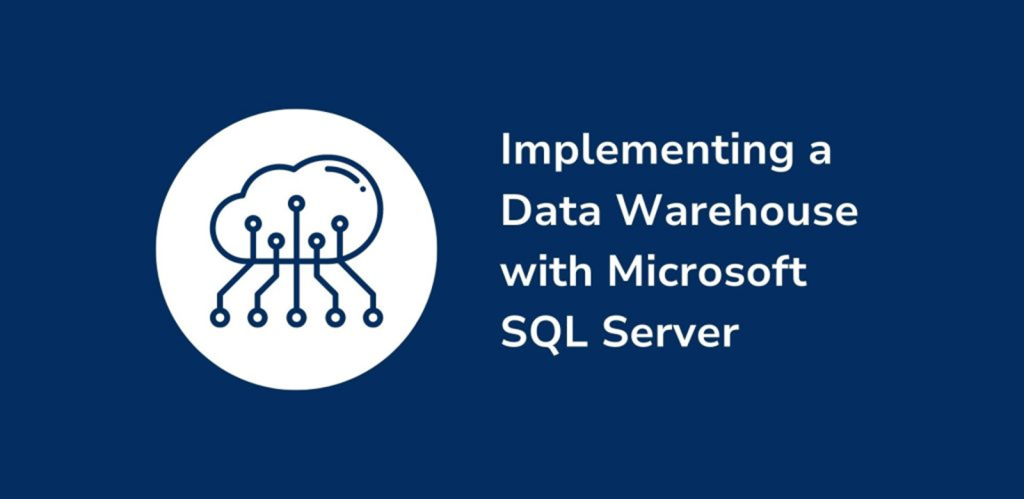In the world of data management and analysis, two prominent solutions stand out: Analytical database and Data warehouse.
Both serve the purpose of storing and analyzing large volumes of data, but they differ in their approach and functionality.
In this blog post, we will provide a comparative review of analytical databases and data warehouses, highlighting their key characteristics, use cases, and benefits.

In this blog, you ‘ll understand about,
- Understanding Analytical Database
- Understanding Data Warehouses
- Comparative Review of Analytical Database Vs Data Warehouse
Understanding Analytical Database
- An analytical database, also known as an Online Analytical Processing (OLAP) database, is designed to support complex analytical queries and provide fast query response times.
- It is optimized for query performance and allows users to explore and analyze data from multiple dimensions.
- Analytical databases typically use a star or snowflake schema, with fact tables containing numerical measures and dimension tables providing descriptive attributes.
- Analytical databases are well-suited for interactive and ad-hoc data analysis, such as business intelligence reporting, data mining, and trend analysis.
- They excel in scenarios where users need to slice and dice data across different dimensions, apply aggregations, and perform complex calculations.
- Analytical databases are known for their ability to handle large datasets and deliver query results quickly.
Understanding Data Warehouses
- A data warehouse is a central repository that consolidates data from various sources into a unified and integrated view.
It is designed to support reporting, decision-making, and historical analysis. - Data warehouses use Extract, Transform, Load (ETL) processes to extract data from source systems, cleanse and transform it, and load it into the warehouse.
- Data warehouses are structured using a dimensional modeling approach, with a star schema or snowflake schema. They enable data integration, provide data consistency, and support historical data analysis.
- Data warehouses serve as the foundation for business intelligence, providing a reliable and comprehensive source of data for reporting, dashboards, and advanced analytics.
Comparative Review of Analytical Database Vs Data Warehouse

Purpose
Analytical databases focus primarily on query performance and ad-hoc analysis. They provide fast response times for complex queries and support multidimensional analysis.
Analytical databases are ideal for interactive data exploration, slicing and dicing data, and performing calculations and aggregations.
Data warehouses, on the other hand, serve as a centralized repository for data integration and historical analysis. They are designed to support reporting, decision-making, and business intelligence.
Data warehouses provide a consistent and unified view of data, enabling users to analyze trends, identify patterns, and gain insights over time.
Data Model and Schema
Analytical databases use a star schema or snowflake schema to structure the data. They have fact tables containing numerical measures and dimension tables providing descriptive attributes. This schema design allows for efficient querying and navigation across dimensions.
Data warehouses also use a star schema or snowflake schema for data organization. The schema design in data warehouses emphasizes data integration and historical analysis.
They typically contain fact tables representing business events or transactions and dimension tables representing the context of the events.
Query Performance
Analytical databases are optimized for fast query performance. They use indexing, caching, and other optimization techniques to deliver query results quickly.
Analytical databases excel in providing sub-second or near real-time response times, making them suitable for interactive analysis.
Data warehouses prioritize data integration and historical analysis over real-time query performance. While they can handle large volumes of data, query response times may vary depending on the complexity and volume of the data being analyzed.
Data warehouses are more suitable for scheduled or batch-oriented reporting and analysis.
Use Cases
Analytical databases are commonly used for ad-hoc analysis, data exploration, business intelligence reporting, and data mining.
They are well-suited for scenarios where users need to analyze data from different dimensions, apply complex calculations, and interactively explore data.
Data warehouses find their applications in business intelligence, reporting, and decision support systems.
They provide a consolidated view of data, enabling users to analyze trends, generate reports, and gain insights over time.
Data warehouses are valuable in supporting long-term analysis and historical reporting.
Benefits of Analytical Database and Data Warehouse
Analytical databases offer fast query response times, interactive analysis capabilities, and the ability to handle complex calculations and aggregations. They provide users with flexibility in exploring data and gaining insights in real-time.
Data warehouses provide data integration, consistency, and a unified view of data. They enable historical analysis, support business intelligence reporting, and help organizations make informed decisions based on long-term trends.
Conclusion
Analytical databases and data warehouses are both essential tools in the world of data management and analysis.
Analytical databases excel in query performance and interactive analysis, while data warehouses prioritize data integration and historical analysis.
Choosing the right solution depends on the specific requirements of the use case, such as real-time analysis needs, ad-hoc exploration, or long-term reporting and decision-making.
By understanding the characteristics and benefits of each solution, organizations can make informed decisions when it comes to implementing the most suitable data management and analysis solution for their needs.
Talk to our experts to suit the best data management and analysis solution for your needs.


